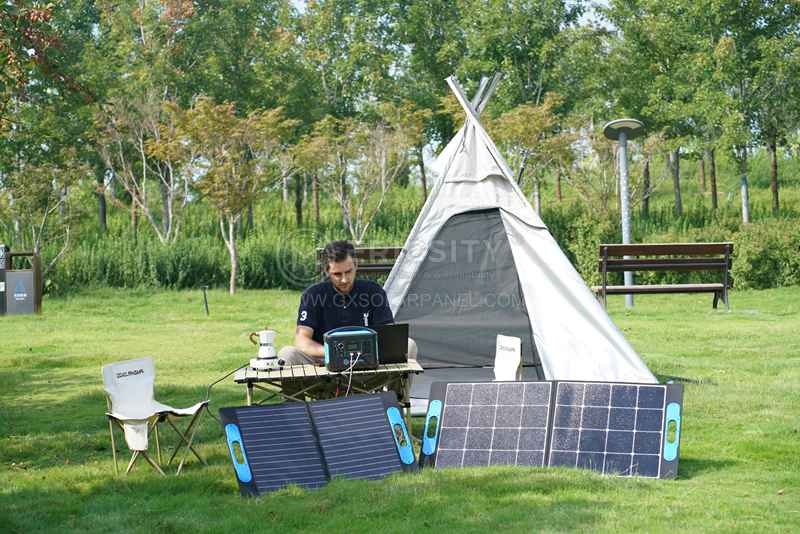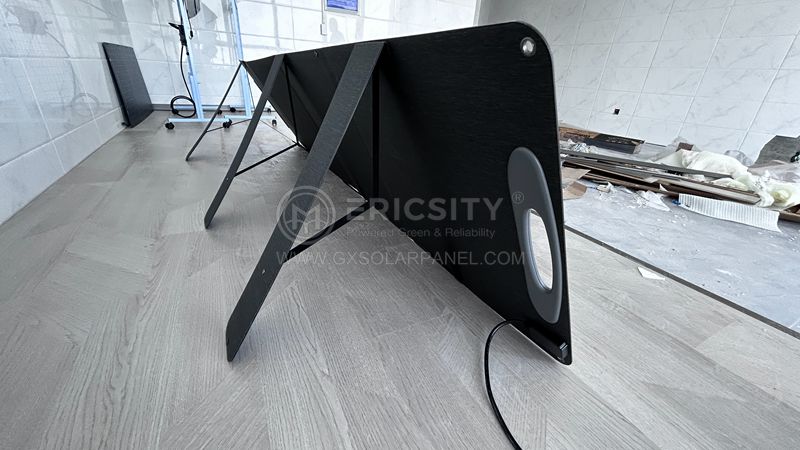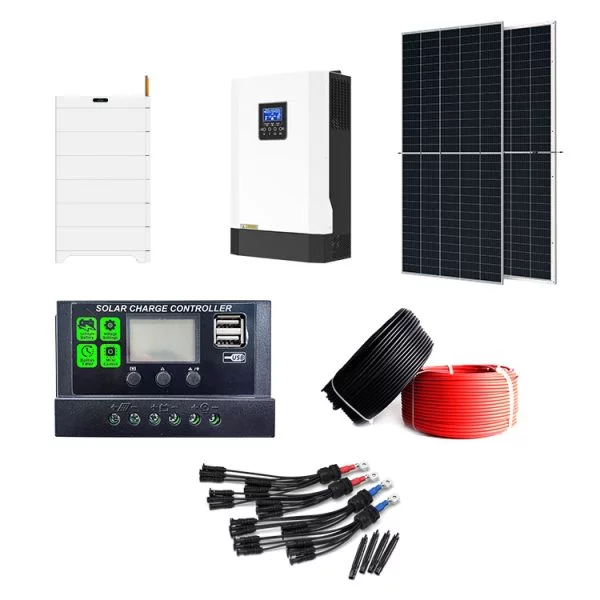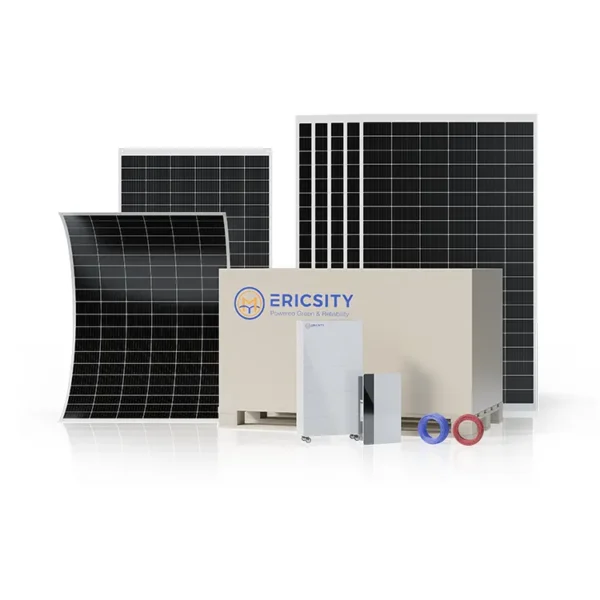HOT PRODUCT
Product Details
Solar Panel Inverter Cost Savings: Real-world Case Studies
Title: Solar Panel Inverter Cost Savings: Real-world Case Studies
Introduction
Solar energy has emerged as a viable alternative to traditional power sources, with solar panel installations becoming increasingly common. To harness the full potential of solar energy, the use of an inverter is necessary. Solar panel inverters are responsible for converting the direct current (DC) generated by solar panels into alternating current (AC) that can be used to power residential and commercial buildings. In this article, we will explore real-world case studies that highlight the cost-saving benefits of implementing solar panel inverters.
Case Study 1: Residential Installation
In a residential installation located in California, the implementation of a solar panel inverter resulted in significant cost savings. The homeowner, Mr. Johnson, opted for a 10 kilowatt (kW) solar panel system with an inverter that cost $2,500. Considering an average electricity rate of $0.15 per kilowatt-hour (kWh), Mr. Johnson’s monthly electricity bill was previously averaging $180.

After the installation, Mr. Johnson experienced a reduction in his monthly electricity bill by approximately 70%. The solar panel inverter allowed him to generate 900 kWh per month, covering the majority of his electricity needs. This translated to savings of around $126 per month, resulting in an annual savings of $1,512. Within less than two years, the installation costs for the solar panel inverter were fully recovered, enabling Mr. Johnson to enjoy substantial savings over the system’s lifespan.
Case Study 2: Commercial Installation
A commercial case study in Germany exemplifies the financial advantages of utilizing a solar panel inverter in a larger-scale setting. A factory, powered predominantly by conventional energy sources, decided to install solar panels to offset part of their energy consumption. The company selected a 200 kW solar panel system with an inverter that cost $35,000.

The factory’s previous monthly electricity bill amounted to $7,500, reinforcing the need to explore alternative energy solutions. Following the installation, the solar panel inverter allowed the factory to generate an average of 2,600 kWh per day, covering approximately 30% of their energy requirements. This resulted in a substantial reduction in their monthly electricity costs, saving the company $2,250 per month and $27,000 annually. The payback period for the solar panel inverter investment was around one and a half years, showcasing the long-term cost-saving potential of such systems.
Conclusion


Real-world case studies demonstrate that the implementation of solar panel inverters can lead to significant cost savings for both residential and commercial installations. By converting the DC energy produced by solar panels into usable AC energy, solar panel inverters enable users to reduce their dependence on traditional power sources, thus lowering electricity bills.
Residential installations typically achieve greater energy independence, as homeowners can cover a significant portion of their electricity needs. On the other hand, commercial installations prove that even larger-scale systems can result in substantial savings and achieve a relatively short payback period.
As the demand for renewable energy rises, advancements in solar panel inverter technology continue to improve efficiency and reduce costs. With a gradual decline in solar panel and inverter prices, individuals and businesses alike can increasingly benefit from the long-term cost savings that solar panel inverters offer. Investing in solar panel inverters not only saves money but also contributes to a greener, more sustainable future.




